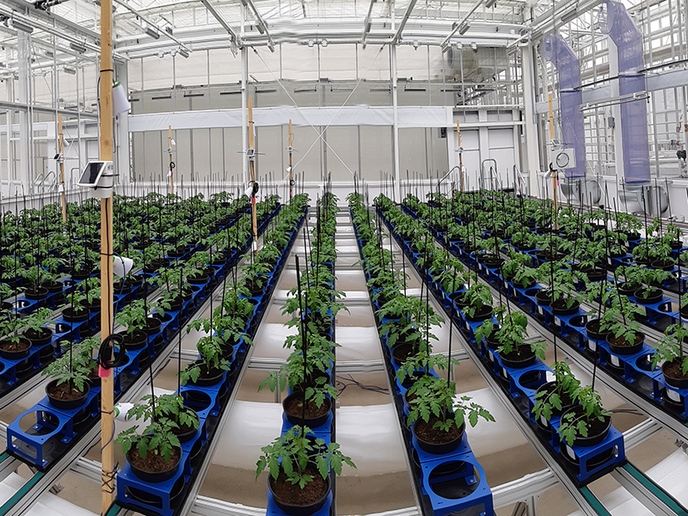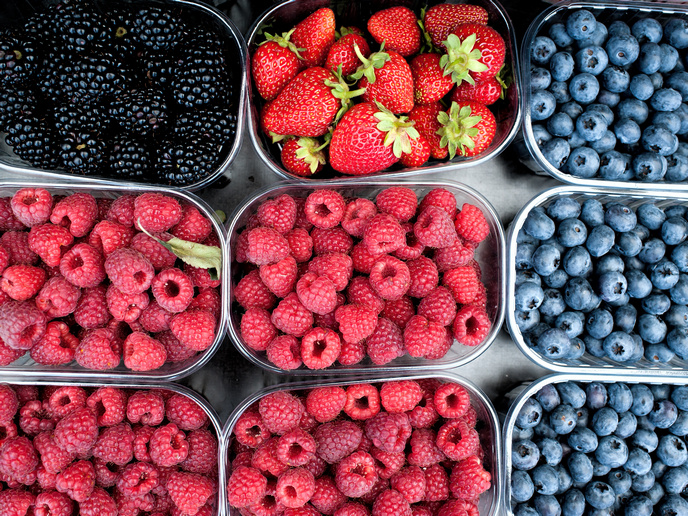Accelerated commercialisation of algae products with pharmaceutical and nutritional potential
There is a growing market for omega-3 fatty acids, which are polyunsaturated fatty acids (PUFAs). Those most in demand are DHA and EPA, which are present in large amounts of fish oil. However, PUFA exploitation from fish is not sustainable and the concentration of DHA and EPA in fish oil varies considerably depending on location, the season and availability of phytoplankton. Furthermore, there are shortages from overfishing and environmental threats so that the rising demand for PUFAs can no longer be met by fish oil without risking severe damage to or even a collapse of marine organism populations. Microalgae can fill this gap and help to save fish populations and ultimately the marine environment. As a result, they have emerged as a potential source for EPA and/or DHA. Remarkably, microalgae are the only form of life which can readily produce PUFAs by directly using the sun’s energy. The EU-funded PUFACHAIN(opens in new window) “introduces a sustainable alternative based on microalgae,” says project coordinator Prof. Dr Thomas Friedl. “We’re convinced that the health benefits of PUFAs for consumers are worth the efforts put into algae-based PUFA production.” Since PUFAs are valuable components for pharma and food applications, they “provide the potential to make microalgae production economical at an industrial scale,” he adds. Value chain for the industrial development of algae products Project partners established a value chain from microalgae to PUFAs. Utilising microalgae, they devised a complete procedure from feedstock production and harvesting to oil extraction and purification. Overall, the aim was to further develop a sustainable source of purified DHA and EPA as building blocks towards high-value products for nutrition and pharmaceutical applications. To create the integrated value chain, scientists began by screening and selecting appropriate algae strains. Then, they further characterised them. Flat panel and tubular photobioreactors were used to develop the most suitable cultivation strategies for both laboratory- and industrial-scale applications. An assessment of the value chain’s environmental and socioeconomic sustainability was performed to determine which products could potentially go to market. The evaluation helped to identify and optimise drivers of environmental impacts, costs, energy demands and material requirements of certain algae cultivation and extraction processes. Upscaling the PUFA extraction process Team members found a sustainable and easy way to extract the valuable fatty acids from the algae biomass while exerting the least energy possible. They examined the effectiveness of different biomass preparation treatments for breaking the algae cell structures and making the released oil available to the extracting solvent. Two extraction processes were evaluated to produce high-quality oils at lower costs. The first, supercritical fluid extraction, is used to fabricate specialty chemicals for the cosmetic and nutrition industries. It requires CO2 to collect fatty acid, but needs to dry the biomass before the extraction. The second method uses propane to extract fatty acids from wet algae biomass. By employing purification steps, the team obtained highly purified and concentrated fatty acids from the crude algal oil. To date, four products have been developed for the pet food market and the nutraceutical and cosmeceutical industries. Another four are on the way. “For the first time, the pharmaceutical and food industries will have a new raw material source from microalgae for high-value products,” concludes Prof. Dr Friedl.







